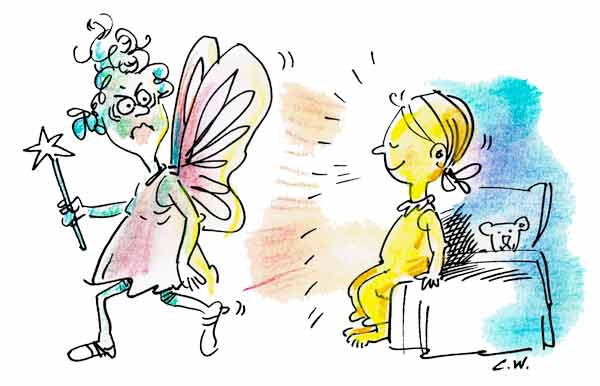|
|
The colour of worry by Laura Matheos |
This boy had gone on Oprah to tell people about the therapy that had helped him control his anger. I can't recall the name of the therapist or the name of the program this boy had used. But I burned the concept permanently into my brain. The idea was to think in colors. When the boy felt anger, he learned to think of calming colors, to flood his brain with no thoughts, only bright, healing, calming colors. The mom learned to stop anticipating and projecting her own fears and instead, flood her own brain with positive color. The worry fairy Right on time, the worry fairy showed up as we read the last page of a book and it was time to turn off the lights. Little arms wrapped a death grip around my neck. I tried it out on my older son and he too intuitively embraced the concept much quicker than he had embraced traditional CBT and ERP techniques. We've also used it as a guide on who to hang out with — be with people who bring out your yellow. Steer clear of people who make you feel ugly or sad colors. Courtesy of Latitudes First published in October 2012
|













